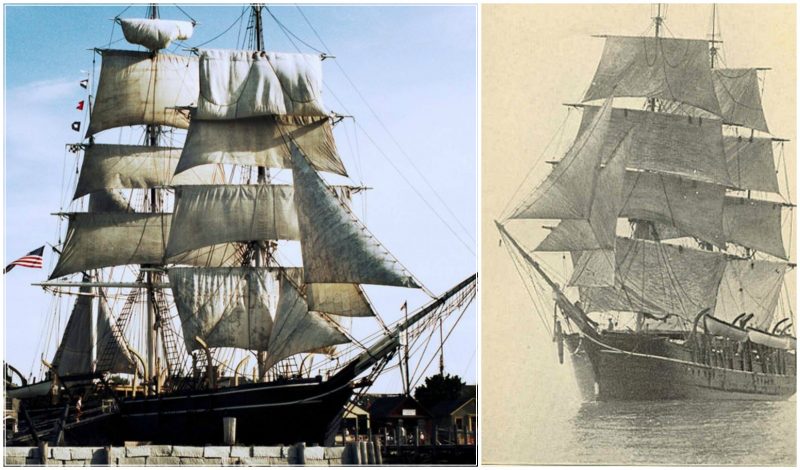The Charles W. Morgan is the oldest Merchant ship still in existence and the only wooden whaling ship from the American merchant fleet.
The ship was built in 1981; its active service period was between the 19th and early 20th centuries. Ships like the Morgan were regularly used to collect the blubber from whales, which would then be converted into oil.
The ship now rests at the Mystic Seaport Museum in Mystic, Connecticut.
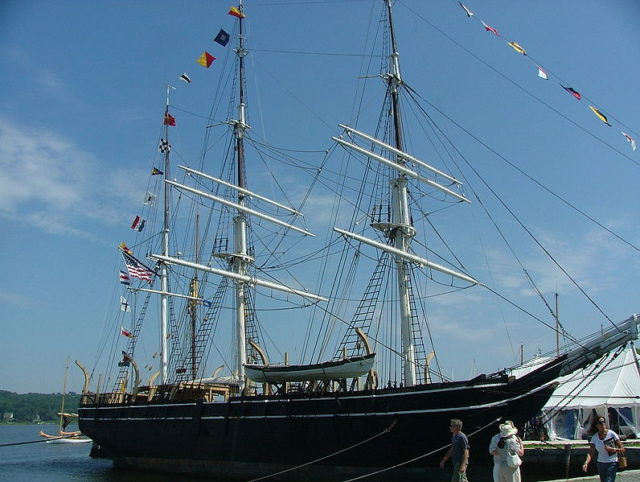
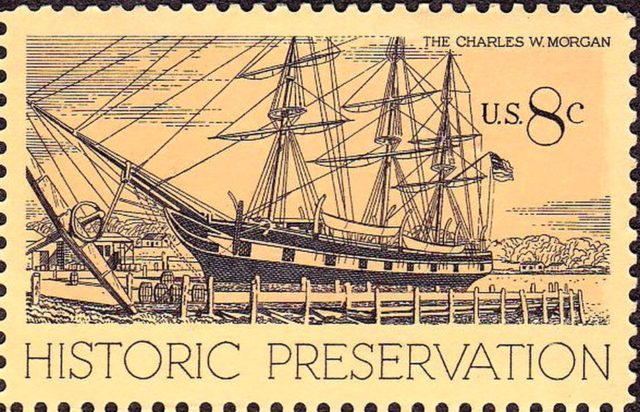
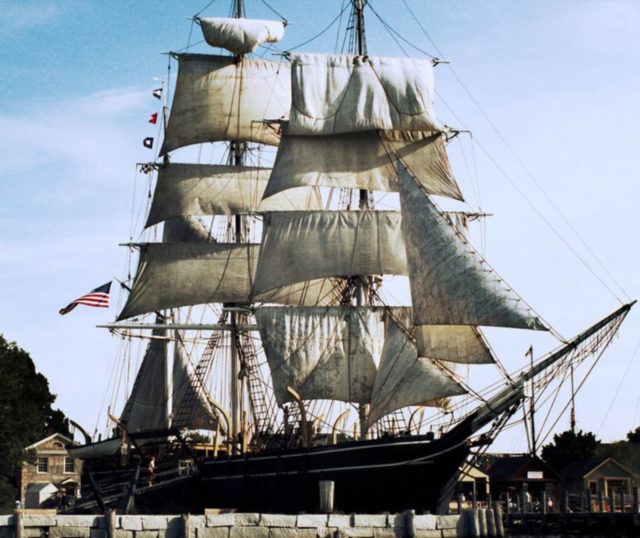
It was in Jethro and Zachariah Hillman’s shipyard in Massachusetts that Charles Morgan began to build his ship. Its oak keel was put down in February 1941; it was fastened together with massive copper bolts while the bow and stern pieces were placed and secured with an apron piece.
This stern post was put in place and strengthened with white oak and hemlock root. Yellow pin came in from North Carolina and was used for the ships beams, while hemlock was used for the hanging knees.
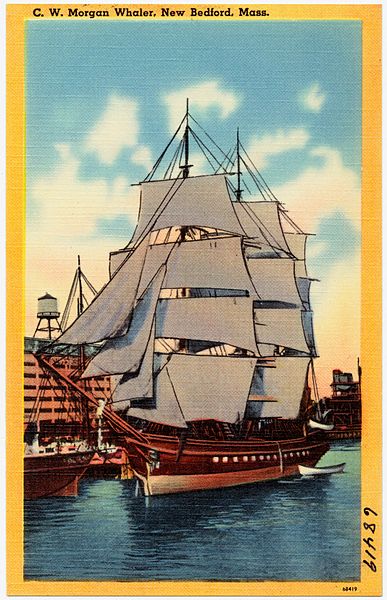
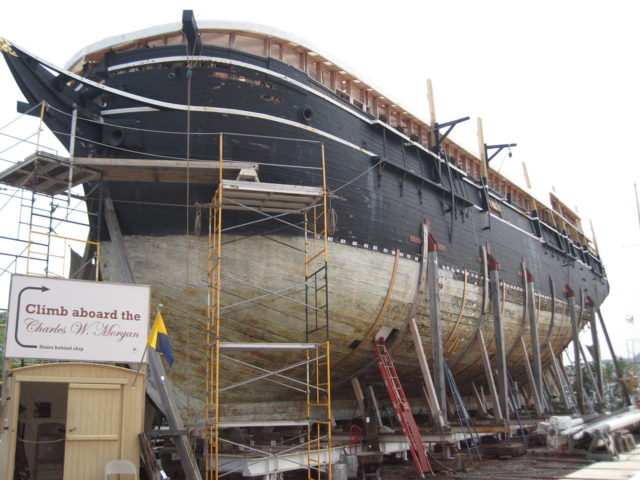
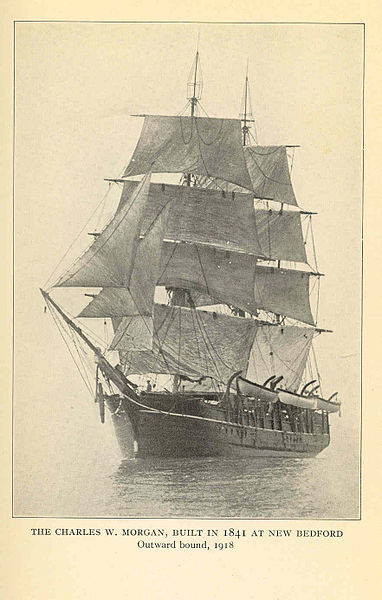
The construction was going well until April 19, 1841, when the workers began a strike, saying they were worked too hard and wanted a ten-hour work day.
The strike had gotten so big that it engulfed not only the shipyard but also the oil refineries and copper shops. Morgan was then given the position of chairman of the employers and sent out to resolve the entire mess. His meeting with four mechanics was an utter failure, but on May 6, they came to an agreement.
They agreed on a 10-and-a-half-hour work day, then began work on the ship once again; it was finally launched on July 21, 1841.
Before the ship could set sail, it was taken to Rotch’s Wharf for the next two months. Initially, the name Charles W. Morgan was rejected for the ship but later accepted. The Charles W. Morgan was captained by Thomas Norton, Norton sailed the Morgan into the Atlantic.
The Charles W. Morgan was in service for 80 years and went on a total of 37 voyages, ranging from nine months to five years. It brought home a huge amount of whale oil; 54,483 barrels in total and 152,934 in total pounds of whale bones.
Her voyages were in the Indian and South Atlantic Oceans, where they survived horrible storms and even survived a cannibal attack in the South Pacific.
The Morgan almost always had 33 men aboard per voyage, and throughout its history, it carried over 1,000 sailors. Not all were Americans however; she had sailors from Guadeloupe, New Zealand, Norfolk Island, the Seychelles and Cape Verde.
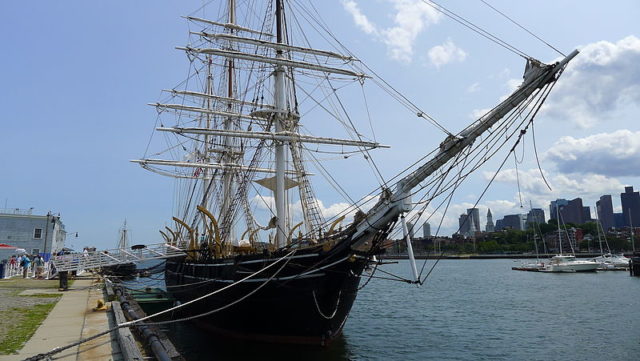
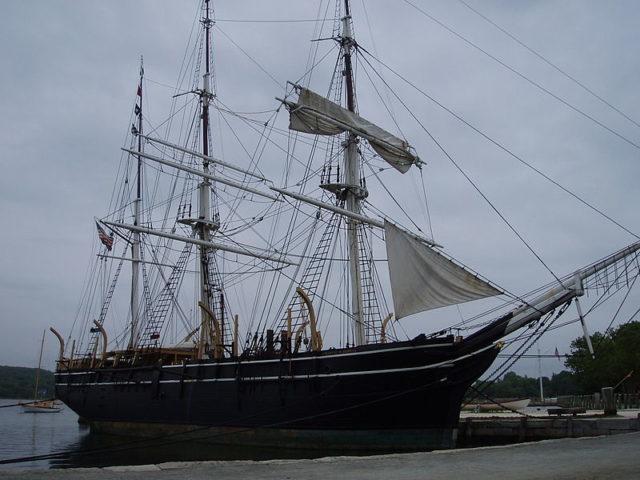
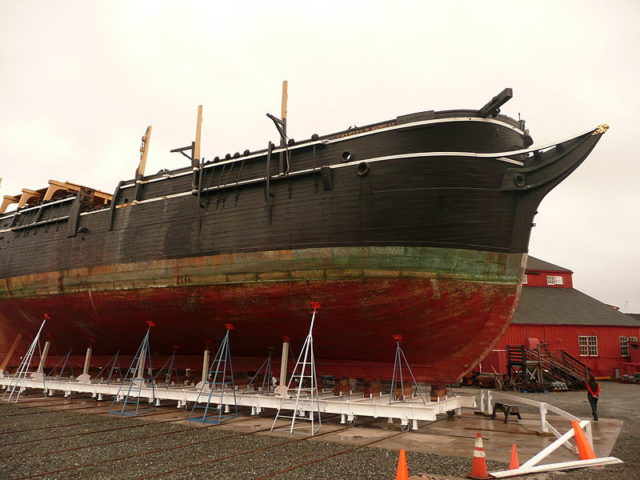
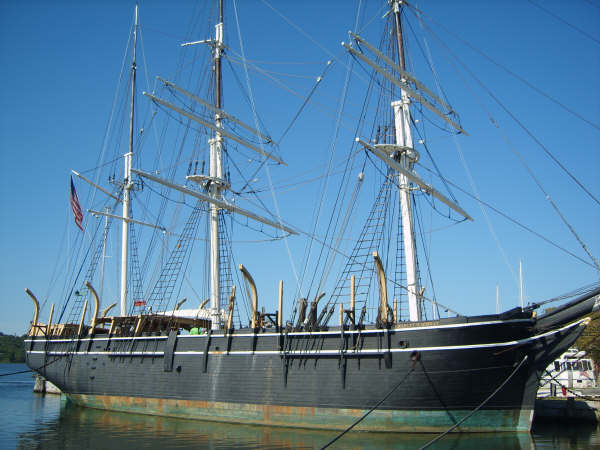
The Charles W. Morgan was even a movie star. During her years of service she was used in three movies including Miss Petticoats, Down to the Sea in Ships and Java Head.
In 1924, the Morgan was almost destroyed after a steamer named Sankaty caught fire and got loose from its mooring lines. The Sankaty began to drift across the river where the Morgan was stationed but luckily fast-acting firefighters were able to save the Morgan.
It was this event that made Harry Neyland and New Bedford citizens try and restore the Morgan, unfortunately, they failed in this effort.
Neyland then went to Colonel Edward Howland Robinson Green in hopes he would help him. Neyland told Green that the ship was a family heirloom and it had historical significance.
Green agreed and had the ship towed to his estate where he, Neyland and John Bullard, the great-grandson of Charles Morgan, formed Whaling Enshrined.
The Morgan was turned into an exhibit on Green’s estate and on the 86th anniversary of the ship’s launch; Green held a ceremony and gave the ship to Whaling Enshrined on July 21, 1926.
